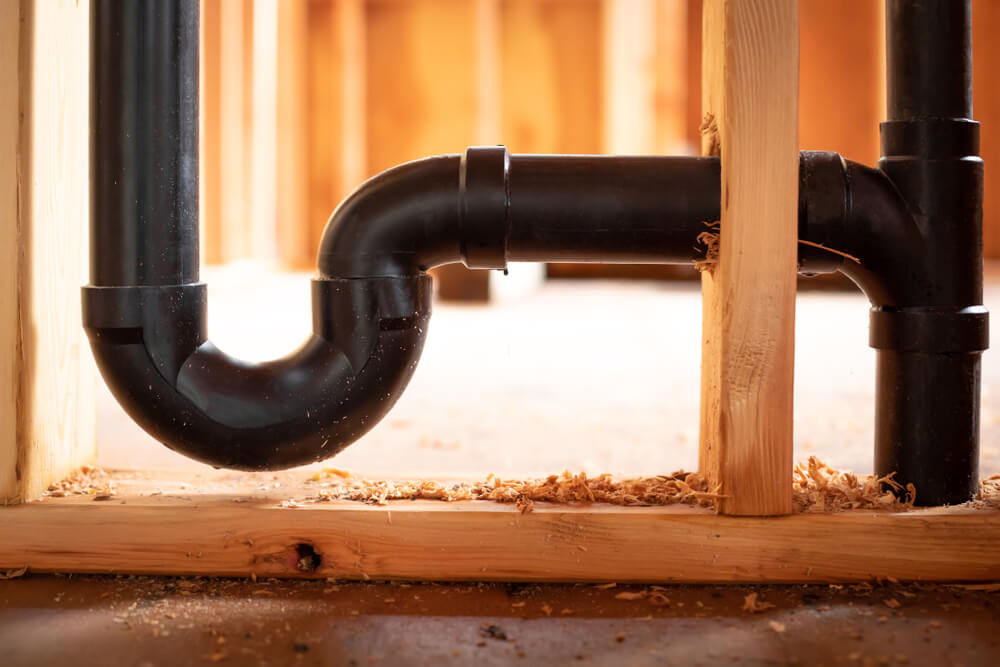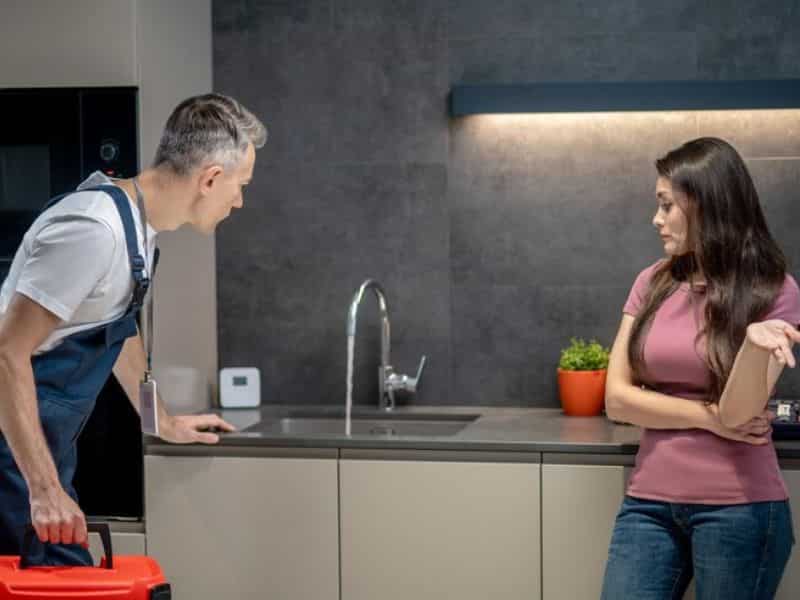Getting the ABCs of Home Plumbing: A Beginner's Overview
Getting the ABCs of Home Plumbing: A Beginner's Overview
Blog Article
Presented here down the page you can discover additional excellent content about How Does the Plumbing Work in Your Home?.

Plumbing is an essential element of any kind of home, in charge of supplying tidy water for drinking, cooking, and bathing, in addition to getting rid of wastewater safely. Recognizing the essentials of home plumbing is necessary for every property owner to make sure proper maintenance, troubleshooting, and, if necessary, repair work. In this novice's overview, we'll cover the fundamental ideas of home plumbing to aid you become extra accustomed to how it functions.
Water Supply System
The water supply system brings tidy water into your home from a community water resource or a personal well. It contains a major water line that connects to your home's plumbing system, typically located underground. A water meter gauges the amount of water consumed, while a shut-off shutoff enables you to regulate the flow of water right into your home.
Plumbing Components
Plumbing components are devices that supply water to various parts of your home and include sinks, faucets, bathrooms, showers, bathtubs, and appliances such as dishwashing machines and cleaning machines. Each fixture is connected to the water supply system through pipelines and fittings and may have its shut-off shutoff for maintenance or emergencies.
Water Furnace
The water heater is accountable for home heating water for residential use, including bathing, food preparation, and cleaning. Typical sorts of water heaters include tank-type water heaters, tankless (on-demand) hot water heater, and heatpump hot water heater. The hot water heater is linked to the water system system and provides warm water to plumbing fixtures as required.
Water drainage System
The drainage system gets rid of wastewater from your home and lugs it away to a sewage treatment center or septic system. It includes a network of pipes, installations, and components that transport wastewater from plumbing components to the major sewage system line or septic system. Appropriate drainage is important to prevent blockages, back-ups, and sewer leaks.
Ventilation System
The ventilation system assists keep proper air pressure and protect against drain gases from entering your home. Vent pipes, additionally called air vent stacks, prolong from plumbing components to the roof, allowing sewage system gases to leave safely outdoors. Air flow pipelines likewise allow air to get in the drainage system, facilitating smooth wastewater flow and stopping suction or vacuum impacts.
Typical Plumbing Tools
Having the right tools handy is important for performing basic plumbing repairs and maintenance tasks. Usual plumbing tools include adjustable wrenches, pipe wrenches, pliers, pipe cutters, hacksaws, plungers, augers (or drain snakes), and Teflon tape. Having these devices easily available can aid you deal with small plumbing issues effectively.
Fundamental Plumbing Repairs
While some plumbing fixings might call for specialist aid, numerous common problems can be resolved with basic DIY techniques. Learning how to fix a dripping tap, unblock a drain, change a toilet flapper, or repair a trickling showerhead can conserve you money and time on plumbing fixings.
Conclusion
Understanding the essentials of home plumbing is crucial for every single property owner to preserve a secure, functional, and efficient plumbing system. By acquainting yourself with the water supply system, plumbing fixtures, water drainage system, air flow system, common plumbing tools, and standard fixings, you can confidently deal with minor plumbing concerns and guarantee your home's plumbing system runs smoothly.
Understanding Basics of Home Plumbing System: A Beginner's Guide
The Main Components of Your Home Plumbing System
The Water Supply System
This system is responsible for transporting fresh water into your home. It usually has a main water line that splits into two branches: one directed towards cold water services and the other connected to a water heater for hot water. The pressure is key here; it ensures water reaches all parts of your house.
The Drainage System
Once water has been used, it becomes wastewater that needs to be removed from your home. This is where the drainage system comes into play. It includes all the pipes that carry wastewater and sewage away from your house to sewage treatment facilities or septic tanks.
The Vent System
The vent system prevents sewer gases from entering your home and helps maintain the pressure balance that allows wastewater to flow out properly. These vents usually exit through the roof of your house.
Water Heating System
For those who enjoy hot showers or using hot water for cleaning, the water heater is a crucial part of the plumbing system. It can be a tankless system, which heats water on demand, or a traditional water tank model.
Common Plumbing Problems and Basic Troubleshooting
Plumbing systems, while designed to be durable, can face issues like clogged drains, leaky faucets, or low water pressure. Here are some basic troubleshooting tips:
Clogged Drains
Use a plunger or a plumber's snake to try and dislodge whatever is blocking the drain. Regular cleaning can prevent clogs.
Leaky Faucets
Often caused by worn-out washers or gaskets, these can usually be replaced by someone with basic DIY skills.
Low Water Pressure
This might be due to sediment build-up in your fixtures or a leak somewhere in your water line. Cleaning out aerators or seeking a professional to detect leaks might be necessary.
Preventive Maintenance Tips
Maintaining your plumbing system is key to avoiding emergencies. Regularly check for leaks, avoid disposing of grease down the sink, and have your system inspected by a professional plumber at least once a year.

I stumbled upon that piece on when surfing around the web. Sharing is nice. Helping people is fun. Thank you for your time. Don't hesitate to come by our website back soon.
Schedule And Pricing Report this page